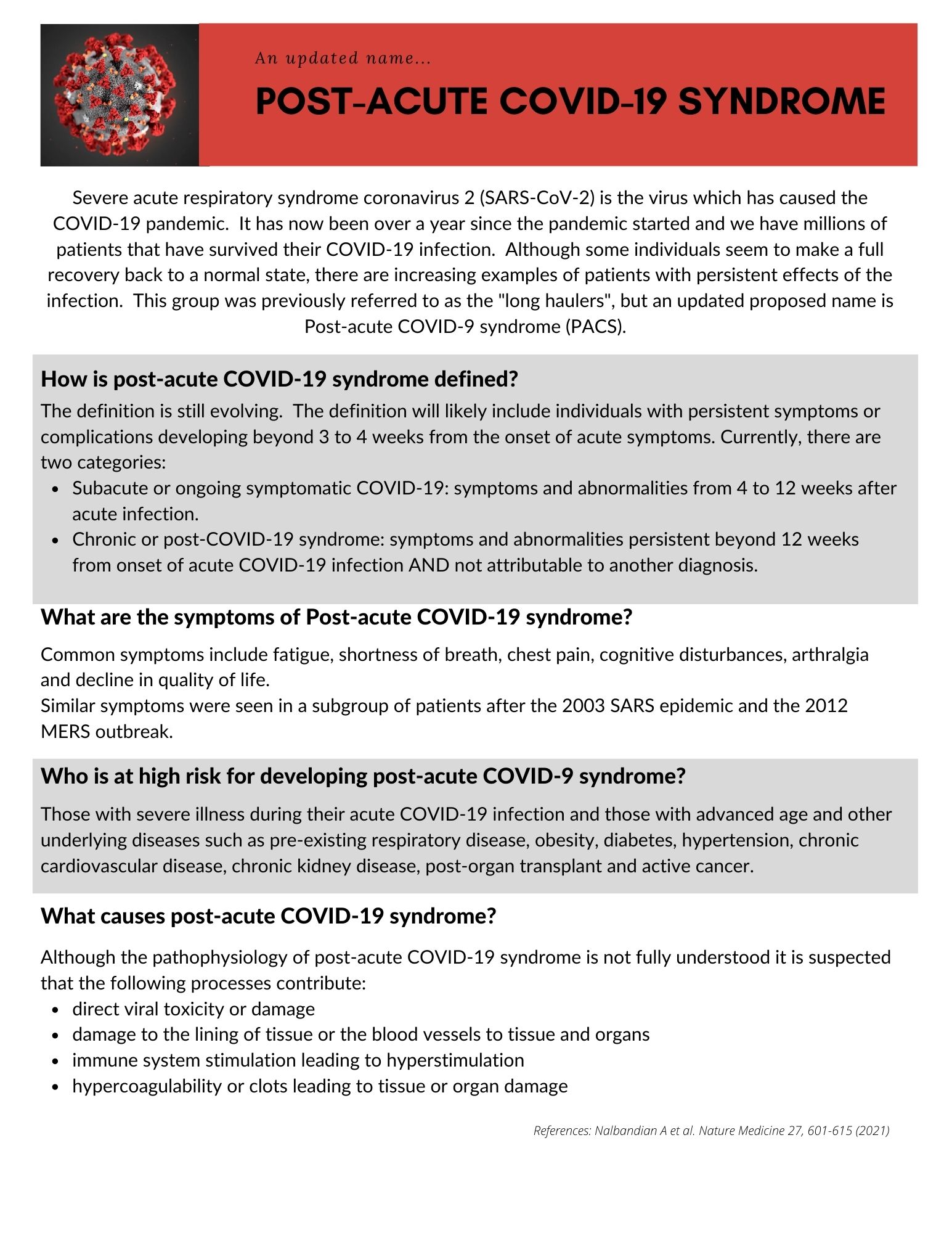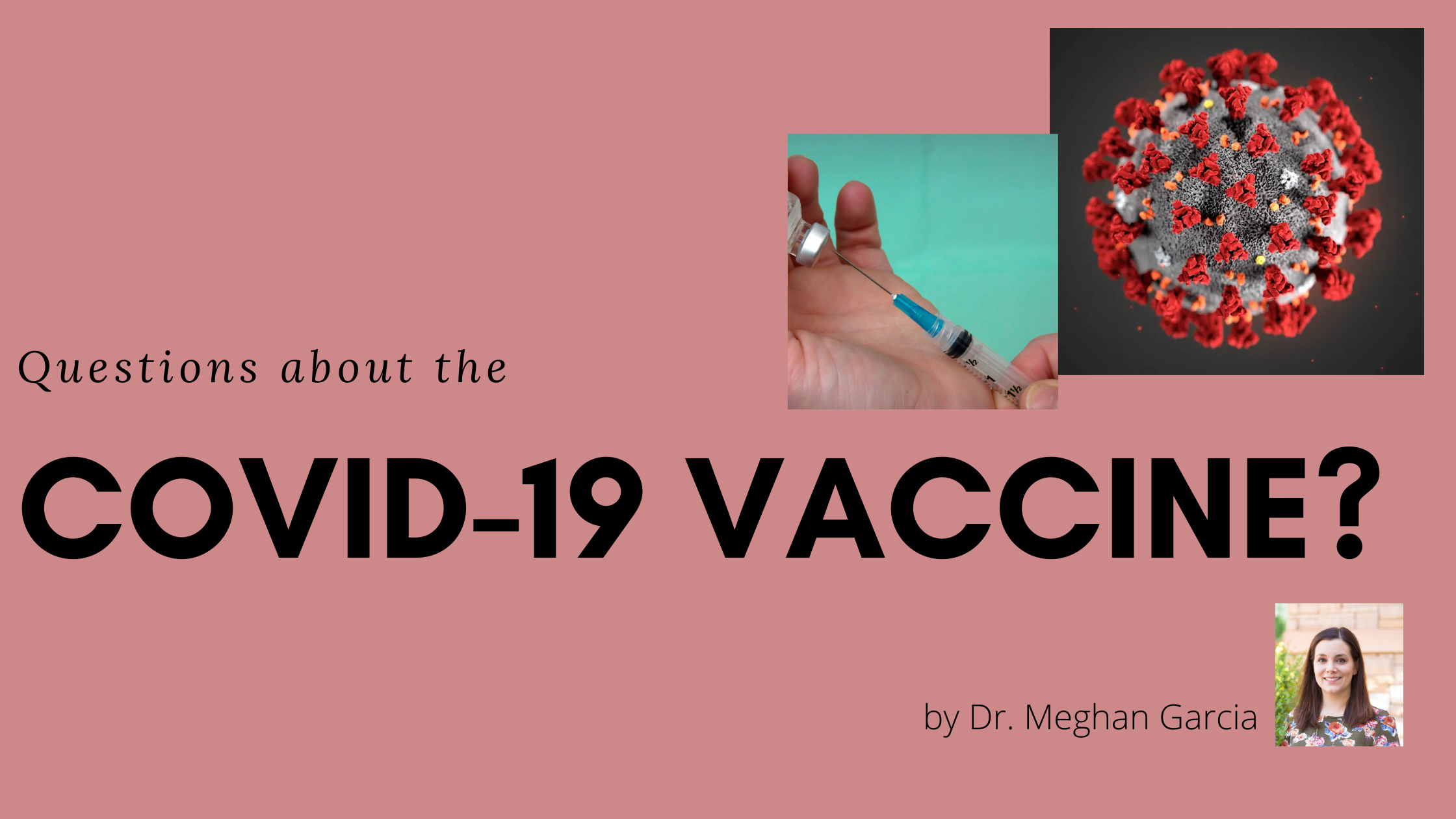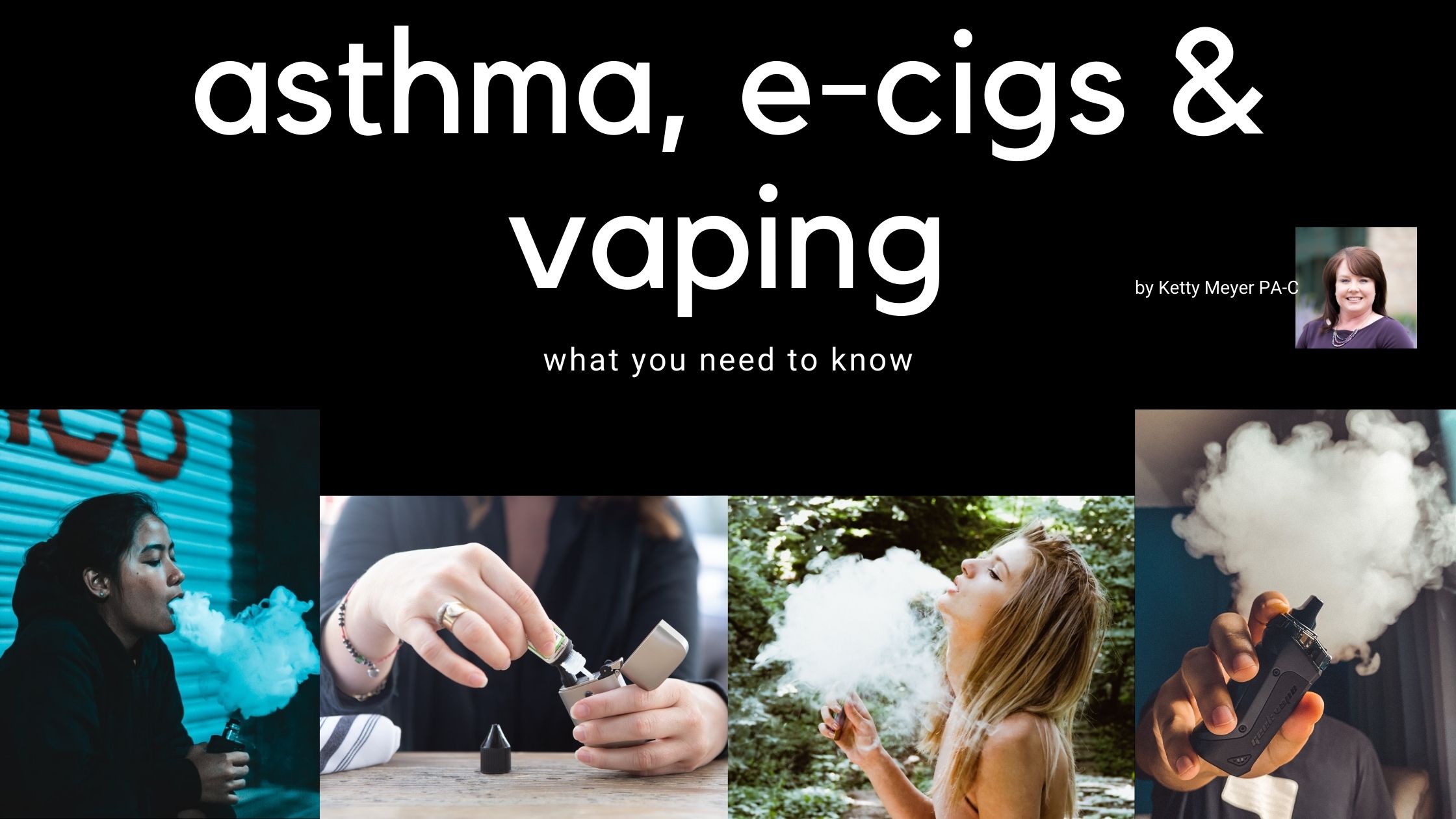
 Below is information to help you understand the potential risks and potential benefits of taking bamlanivimab. Bamlanivimab is a medicine used to treat some patients with COVID-19 infection. Receiving bamlanivimab may benefit certain people with COVID-19. Talk to your healthcare provider if you have questions. It is your choice to receive bamlanivimab or stop it at anytime.
Below is information to help you understand the potential risks and potential benefits of taking bamlanivimab. Bamlanivimab is a medicine used to treat some patients with COVID-19 infection. Receiving bamlanivimab may benefit certain people with COVID-19. Talk to your healthcare provider if you have questions. It is your choice to receive bamlanivimab or stop it at anytime.
WHAT IS COVID-19?
COVID-19 is caused by a virus called a coronavirus. People can get COVID-19 through contact with another person who has the virus. COVID-19 illnesses have ranged from very mild (including some with no reported symptoms) to severe including illness resulting in death. While information so far suggests that most COVID-19 illness is mild, serious illness can happen and may cause some of your other medical conditions to become worse. People of all ages with severe, long-lasting (chronic) medical conditions like heart disease, lung disease and diabetes, for example, seem to be at higher risk of being hospitalized for COVID-19.
WHAT ARE THE SYMPTOMS OF COVID-19?
The symptoms of COVID-19 include fever, cough, and shortness of breath, which may appear 2-14 days after exposure. Serious illness including breathing problems can occur and may cause your other medical conditions to become worse.
WHAT IS BAMLANIVIMAB?
Bamlanivimab is an investigational medicine used for the treatment of COVID-19 in non-hospitalized adults with mild to moderate symptoms who weigh 88 pounds (40 kg) or more, and who are at high risk for developing severe COVID-19 symptoms or the ne need for hospitalization. Bamlanivimab is investigational because it is still being studied. There is limited information known about the safety or effectiveness of using bamlanivimab to treat people with COVID-19. The FDA has authorized the emergency use of bamlanivimab for the treatment of COVID-19 under an Emergency Use Authorization (EUA). For more information on EUA, see the section “What is an Emergency USE Authorization (EAU)? at the end of this Fact Sheet.
WHAT SHOULD I TELL MY HEALTHCARE PROVIDERS BEFORE I RECEIVE BAMLANIVIMAB?
Tell your healthcare provider about all of your medical conditions, including if you have any allergies, are pregnant or plan to become pregnant, are breastfeeding or plan to breastfeed, have any serious illnesses and are taking any medications (prescription, over-the-counter, vitamins, herbs, supplements).
HOW WILL I RECEIVE BAMLANIVIMAB?
Bamlanivimab is given to you through a vein (intravenous or IV) for at least an hour. You will receive only one dose of bamlanivimab.
WHAT ARE THE IMPORTANT POSSIBLE SIDE EFFECTS OF BAMLANIVIMAB?
Possible side effects of bamlanivimab are: ALLERGIC REACTIONS. Allergic reactions can happen during and after infusion with bamlanivimab. Tell your healthcare provider right away if you get any of the following signs and symptoms of allergic reactions: fever, chills, nausea, headache, shortness of breath, low blood pressure, wheezing, swelling of you lips, face or throat, rash including hives, itching, muscle aches, and dizziness.
The side effects of getting any medicine by vein may include brief pain, bleeding, bruising of the skin, soreness, swelling and possible infection at the infusion site.
These are not all the possible side effects of bamlanivimab. Not a lot of people have been given bamlanivimab. Serious and unexpected side effects may happen. Bamlanivimab is still being studies so it is possible that all of the risks are not known at this time. It is possible that bamlanivimab could interfere with your body’s own ability to fight off a future infection of SAR-CoV-2. Similarly, bamlanivimab may reduce your body’s immune response to a vaccine for SARS-CoV-2. Specific studies have not been conducted to address these possible risks. Talk to your healthcare provider if you have ay questions.
WHAT OTHER TREATMENT CHOICES ARE THERE?
Like bamlanivimab, the FDA may allow for the emergency use of other medicines to treat people with COVID-19. You can see more information at https://www.covid19treatmentguidelines.nih.gov. It is your choice to be treated or not to be treated with bamlanivimab. Should you decide not to receive bamlanivimab or stop it at any time, it will not change your standard medical care.
WHAT IF I AM PREGNANT or BREASTFEEDING?
There is limited experience treating pregnant women or breastfeeding mothers with bamlanivimab. For a mother and unborn baby, the benefit of receiving bamlanivimab may be greater than the risk from the treatment. If you are pregnant or breastfeeding, discuss your options and specific situation with your healthcare provider.
HOW DO I REPORT SIDE EFFECTS WITH BAMLANIVIMAB?
Tell your healthcare provider right away if you have any side effect that bothers you or does not go away. Reports side effects to FDA MedWatch at www.fda.gov/medwatch, call 1-800-FDA-1088 or contact Eli Lilly and Company at 1-855-LillyC19.
WHAT IS AN EMERGENCY USE AUTHORIZATION(EUA)?
The United States FDA has made bamlanivimab available under an emergency access mechanism called an EUA. The EUA is supported by a Secretary of Health and Human Service (HHS) declaration that circumstances exist to justify the emergency use of drugs and biological products during the COVID-19 pandemic. Bamlanivimab has not undergone the same type of review as an FDA-approved or cleared product. The FDA may issue an EUA when certain criteria are met, which includes that there are no adequate, approved, and available alternatives. In addition, the FDA decision is based on the totality of scientific evidence available show that it is effective in the treatment pf patients during the COVID-19 pandemic. All of these criteria must be met to allow for the product to be used in the treatment of patients during the COVID-19 pandemic. The EUA for bamlanivimab is in effect for the duration of the COVID-19 declaration justifying emergency use of these products, unless terminated or revoked (after which the product may no longer be used).

Who is eligible for the vaccine(s)?
How do the vaccines differ?
What are the most common side effects?
What about those people who had severe allergic reactions to the Pfizer vaccine?
Can I get sick from the vaccine(s)?
Who should not get the vaccine(s)?
Will I have a choice between the vaccine I get? If so which one should I choose?
Will AACPC have the vaccine(s)?
Who will be vaccinated first?
How long does protection last?
Once I have been vaccinated, can I go back to “normal”?
I have already had COVID-19 infection, should I still get the vaccine?
Resources:
https://www.cdc.gov/vaccines/covid-19/index.html
https://covid19.colorado.gov/vaccine

What is an E-cigarette
Electronic cigarettes (e-cigarettes) first entered the United States market in 2006 and were originally marketed as a tool for traditional cigarette users to use as a harm-reduction product and aid in smoking cessation. Since that time, they have gained popularity in a wide variety of users, including adolescents and individuals who had never smoked cigarettes. E-cigarettes are electronic devices that consist of a power source, heating element and reservoir for the e-liquid. The e-liquid in typically made of 3 components which include a solvent in the form of glycerin or propylene glycol, flavoring and nicotine. In an e-cigarette, this liquid is heated and an aerosol is produced which is inhaled and exhaled or “vaped”. E-cigarettes come in a variety of shapes and sizes and range from looking like regular cigarettes, pipes to USB flash drives and pens.
E-cigarette safety
Unfortunately the safety of e-cigarettes when it comes to long-term health effects is largely unknown. While the solvents and flavors used in e-cigarettes are generally safe for oral consumption, the safety of these once aerosolized in unknown. Chemicals found in aerosols of e-cigarettes are known toxins or carcinogens and include formaldehyde, acetaldehyde, acetone, acrolein, benzene, toluene, and metals including nickel, copper, zinc, tin, lead, chromium, manganese, arsenic. In vitro and animal studies have found evidence of cell damage, cell death, inflammation and impaired ability to fight bacterial and viral infections. It is known that nicotine is a toxic substance which raises blood pressure, increases heart rate and risk for cardiovascular disease.
E-cigarette use and adolescents
There has been a steady increase in e-cigarette use in middle and high school adolescents over the past decade. Based on the 2020 National Youth Tobacco Survey, 19.6% of high school students and 4.7% of middle school students reported current use of e-cigarettes. Nicotine does have effects on the adolescent brain and can alter attention, learning, mood, impulse control and future addiction tendencies. JUUL is a popular brand of e-cigarette in this age group and contains a high level of nicotine. A single JUUL pod contains as much nicotine as 20 cigarettes as it uses nicotine salts which allows high levels of nicotine to be inhaled with less irritation. Many adolescents who use e-cigarettes report respiratory symptoms including cough and phlegm production and have an increased prevalence of asthma and chronic bronchitis. It is unknown whether this is due to chronic airway inflammation or increased susceptibility to infection. Some to the chemicals and flavors in e-cigarettes are known to be associated with respiratory disease and irritation.
Asthma and e-cigarettes
The safety of use of e-cigarettes is asthma patient’s remains unclear. There is some data from a large federal government telephone survey of adults. This data was analyzed and results were published in the BMC Pulmonary Medicine. It was found that approximately 11% of e-cigarette uses reported having asthma as compared with 8% in those who had never used. People who were current e-cigarette users were 39% more likely to self-report having asthma when compared to non-users. Individuals who used e-cigarettes some days were 31% more likely and daily users 73% more likely to report asthma when compared to non-users. The same data was analyzed and published in the American Journal of Preventative Medicine and similar numbers were found for chronic bronchitis, emphysema and COPD. The data appears to be even worse for individual who smoke traditional cigarettes and use e-cigarettes in combination.
EVALI (e-cigarette or vaping product use associated lung injury)
A serious complication of e-cigarette use is EVALI (e-cigarette or vaping product use associated lung injury). There were over 2,000 suspected cases of this severe lung disease reported by the CDC in 2019. The majority of patients had respiratory, gastrointestinal and constitutional symptoms which quickly progressed to severe acute lung injury. Asthma was reported as an underlying condition in 30% of these patients. In the majority of cases, modifications had been made to the e-liquid by the user or manufacture or both. Cannabidol, tetrahydrocannabinol (THC), medium-chain triglycerides and vitamin E acetate were often found in these cases.
Resources